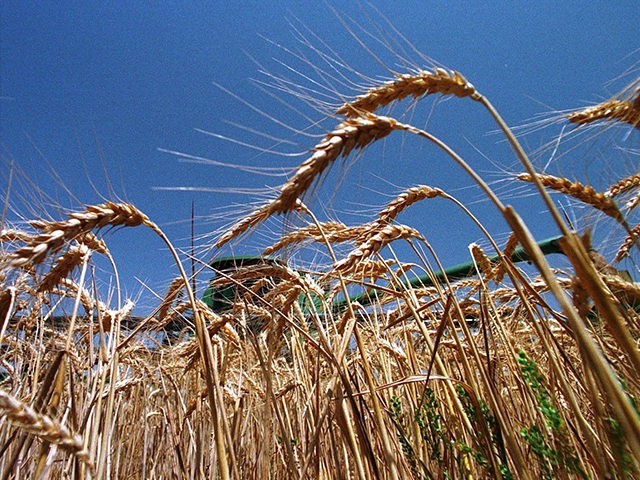According to the latest panic attack from climate alarmists, the production of four major crops—maize, wheat, rice and soybeans—will fall by 23 percent by the 2050s thanks to global warming.
This remarkably precise prediction is fruit of a study conducted by a group of climate researchers, published earlier this month in the subtly titled journal Economics of Disasters and Climate Change.
The researchers base their predictions on an analysis of price and production of these four major crops from 1961 to 2013.
“Using seasonal production data and price change and price volatility information at country level, as well as future climate data from 32 global circulation models, we project that climate change could reduce global crop production by 9% in the 2030s and by 23% in the 2050s,” the researchers claim.
Despite growing skepticism within the scientific community regarding “event attribution,” or the ability to link a given phenomenon to manmade global warming, the team seemed unencumbered by doubts of any sort.
“We find that climate change has significant adverse effects on production of the world’s key staple crops. Especially, weather extremes— in terms of shocks in both temperature and precipitation— during crop growing months have detrimental impacts on the production of the abovementioned food crops,” the report stated.
The lead author of the study, Mekbib Haile, a senior researcher at the Center for Development Research at the University of Bonn, said that rising average temperatures during the growing season won’t have much impact on the staple crops until they hit a certain “tipping point” of about 89 degree Fahrenheit.
“Rising temperature at the two extremes — minimum temperature in the case of rice and maximum temperature in the case of corn — are detrimental to production of these crops,” he said.
Other climate scientists have questioned the utility of climate models for accurately forecasting changing meteorological events.
Climate scientist Dr. Duane Thresher, for instance, has pointed out that climate models “are just more complex/chaotic weather models, which have a theoretical maximum predictive ability of just 10 days into the future.”
“Predicting climate decades or even just years into the future is a lie, albeit a useful one for publication and funding,” Thresher said.
Moreover, agricultural crop production has more than tripled between 1960 and 2015, according to a new report on the future of food and agriculture by the Food and Agriculture Organization of the United Nations (FAO).
Historically, food production has outpaced population growth, confounding the alarms sounded by Malthusian doomsayers.
Nevertheless, if climate researchers really wished to gain credibility with a skeptical public, they could begin with a very modest proposal of issuing precise predictions for the coming year.
If meteorologists were able to forecast accurately a year into the future, their predictions for 2050 might be worth a second look.
Unfortunately for them, this isn’t the case.
Follow Thomas D. Williams on Twitter

COMMENTS
Please let us know if you're having issues with commenting.